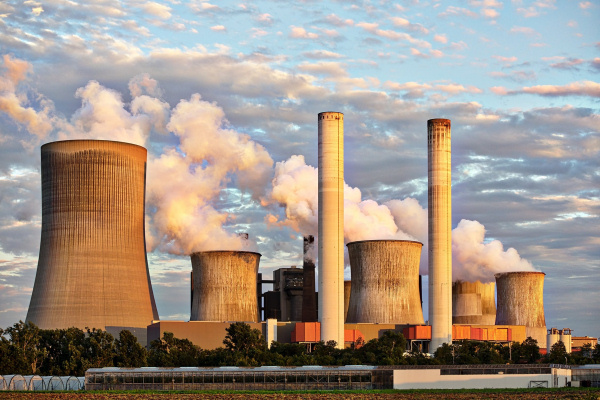What does the net zero emissions target mean for the electricity sector?
Published on 7th November, 2019
“The future is unknowable but the past should give us hope” – Winston Churchill
The UK Government has set a legally binding target to reach net zero emissions by 2050 which has certainly put this country on the spot. Many now believe that achieving this target is a vital national goal but it is a mission full of unknowns, and whether the past really does offer us hope is a moot point – with some positive signs mixed in with the inevitable negatives.
First, we need to define the term ‘net zero’.
It is used to define a state in which there are net zero emissions of carbon dioxide into the earth’s atmosphere even when there continue to be some positive emissions. These emissions would be offset by carbon reduction measures such as carbon capture and storage technology, afforestation programmes etc. Some level of positive carbon emissions are regarded as inevitable due to the continuation of emissions by ‘hard to treat’ sectors such as manufacturing and aviation. As shown below, part of the future electricity generation mix might also fall into this category.

In recent times, changing the power generation technology mix has played a crucial role in reducing carbon emissions in the UK. Since 1990 there has been a 40% reduction in carbon emissions in this country largely as a result of the decarbonisation of electricity generation, with non-fossil nuclear contributing around 20% of the mix. Meanwhile, coal-fired generation has virtually disappeared and has been replaced by solar arrays and offshore wind – both of which are falling in cost and consequently growing rapidly. Alongside the growth of renewable generation technologies, the emergence of batteries as an economical source of power storage is a development which offers hope that the problem of renewables intermittency can be overcome at reasonable cost.
Nevertheless, reliance on gas-fired generation remains high and finding technologies to replace natural gas – not only as a source of electricity generation but also as the main provider of domestic heating and cooking – is one of the biggest challenges of meeting the net zero target. At present there is very little agreement on how best the challenge of replacing natural gas can be achieved but undoubtedly the growth of solar and offshore wind would need to be ramped up even further and barriers to the development of onshore wind removed. Accepting that some gas might have to remain as a source of electricity generation also means that there will probably have to be sizeable investments in carbon reduction technologies if the net zero target is to stay on the table. Hydrogen and heat pumps are viewed as possible substitutes for gas in the domestic arena but not for commercial scale power generation.
One area in which the electricity sector will both affect, and be affected by, the net zero target is the move towards electric vehicles (EVs). Decarbonisation of transport via EVs is now accepted as a key part of achieving the net zero goal, but there remain important unanswered questions about EV adoption – vehicle range, availability of charging points, charging speeds etc. However, progress is being made and the Government has set a target of 2040 for phase out of the internal combustion engine on our roads.
EV growth will obviously create a significant demand for ‘emissions-free’ electricity with which to charge EV batteries as and when car drivers require it. The likely scale and pattern of EV-determined electricity demand is as yet entirely unknown and this will present huge challenges in terms of capacity and system planning. It seems inevitable, given current decentralisation trends, that most of this demand will be met by renewables at the level of the distribution network and below – including from major investments in battery storage. A taste of the complications this will cause for system stability operation was perhaps provided by the recent widespread power outage in August 2019, when questions were raised inter alia about the responsiveness of distribution companies to a sudden loss of localised generation.
A further complication is that EVs could in theory also provide a significant injection of supply into the system via the resale of stored battery power when vehicles are not being used. The scale of this potential new source of stored electricity will depend largely on the availability of connection and metering technologies which are capable of providing such a service and the EV owners usage and charging patterns – which at this stage are largely unknown.
EnDCo offers both producers and consumers of electricity direct and transparent access to the wholesale market and is well placed to help these participants take advantage of the opportunities arising from the consequences of the net zero challenge.
For further information, please email me at: les.abbie@endco.co.uk
Les Abbie, CEO, EnDCo


 REPORTS
REPORTS 

